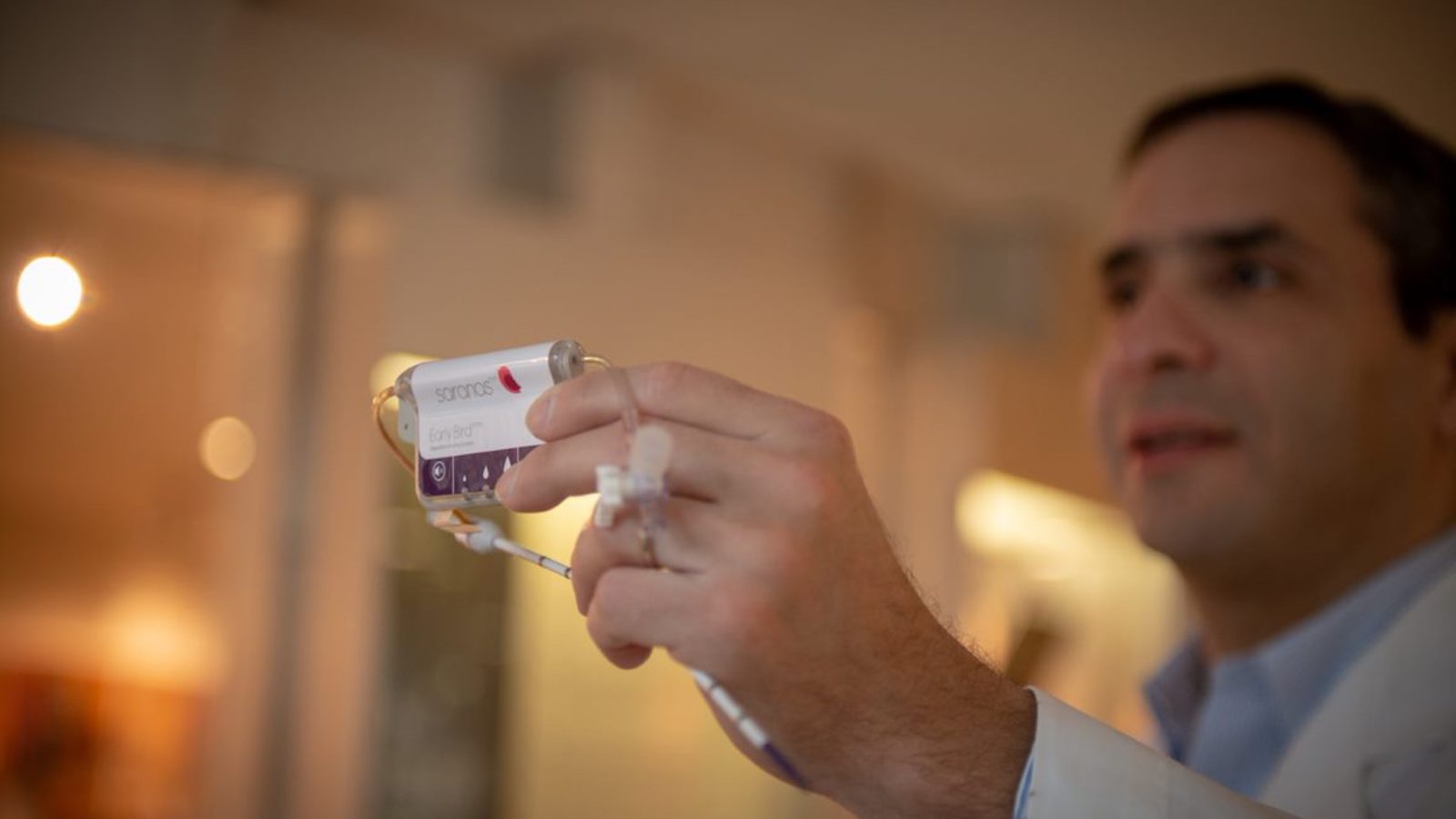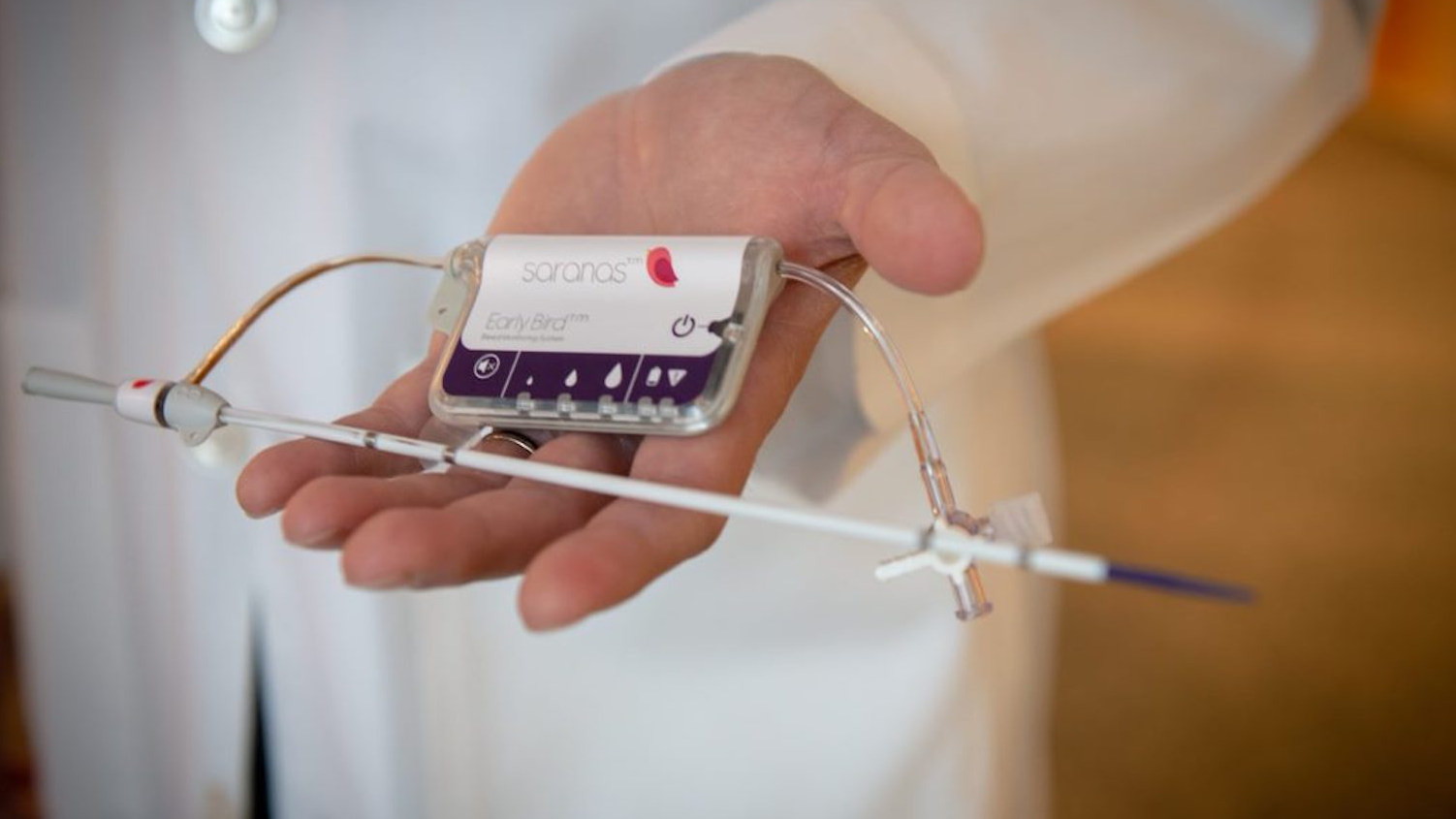Innovation at the Point of Care is Closing the Loop in Bench to Bedside Medicine

A NEW STANDARD OF PRACTICE AT THE TEXAS HEART INSTITUTE IS ACCELERATING LIFESAVING CLINICAL SOLUTIONS
HOUSTON, TX – The term “bench to bedside” is frequently used when speaking of healthcare innovation being translated from the research setting to the clinical setting. The term often relates to a nebulous period in the distant future when a new medical device might become a reality and transform the lives of real patients. At the Texas Heart Institute (THI), talented researchers are closing the loop in “bench-to-bedside” research and taking it a step further. Clinical observations at the patient’s bedside fuel new ideas back to the bench where they are translated into new innovations to improve patient care. With this “bedside to bench to bedside” approach, clinicians and scientists at the Texas Heart Institute are pushing new boundaries and shortening the timeline for bringing life-saving medical devices from concept to clinical use.
One such notable example is the Saranas® Early Bird® Bleed Monitoring System – which was invented by THI’s Director of Electrophysiology Clinical Research & Innovations, Mehdi Razavi, MD – a medical device that allows for the early detection and monitoring of bleeding complications associated with vascular access procedures. The new device is now being utilized by the Texas Heart Medical Group, THI’s newly launched clinical practice, in addition to other clinical settings.
The Early Bird utilizes a sheath – a plastic tube device that helps keep arteries and vessels open – so that catheters and other devices can be inserted during surgical procedures; the device is embedded with sensors that measure the electrical resistance across a blood vessel. By sensing a change in the area around the vessel’s electrical resistance, the Early Bird is designed to detect and monitor bleeding from a blood vessel accidentally injured during endovascular procedures, such as transcatheter aortic valve replacement (TAVR), large-bore hemodynamic support device placement, or other complex endovascular interventions where the femoral artery or vein is used to gain vascular access.

In describing the genesis of the Early Bird device, Dr. Razavi reflected, “We had just finished a procedure, and afterward, the patient had a significant drop in blood pressure. I was in the middle of traffic between hospitals, and I received a call about the patient’s blood pressure drop. I thought to myself, ‘I wish there was a way to actually find out right now if the bleeding is ongoing or not.’ I did so by thinking about the variables that we look for in the field of cardiac electrophysiology, one of which is resistance of tissues. I wondered if blood in that field would change the resistance of the tissue, and it turns out that it does in a very precise and reproducible way.”
Dr. Razavi first conceived of a bleeding detection device in 2009. He worked with engineers at THI and Rice University to develop a working prototype, and with preclinical models, demonstrated that bleeding could in fact be detected with impedance. THI filed the provisional patent, which was then granted in 2012. In 2013, Dr. Razavi co-founded Saranas® and licensed the Early Bird® sheath technology from THI. With successful fundraising to further research and development, the product was used in the first patient in 2018 and was granted DeNovo status by the FDA in 2019. The device is currently sold throughout the US and is in use at Baylor St. Luke’s Medical Center hospital, the very building in which the first prototypes were made and tested.
“Bleeding is a major problem. It is a problem that affects not only the patient’s short-term outcome but also their long-term outcome. If you bleed, your chances of a delayed recovery from a procedure increase, the chances of complications in the hospital increase, and certainly the cost of hospitalization increases significantly,” Dr. Razavi noted.
Throughout its nearly 60 years of history, the Texas Heart Institute has pioneered game-changing firsts and has been on the cutting edge of cardiovascular discovery on a global scale. Now, through the impressive work of THI’s next generation of researchers and clinicians, the Next First is becoming a tangible reality on a daily basis, as evidenced by the progression of the Early Bird Bleed Monitoring System from beside to bench, then back to bedside.
###
ABOUT TEXAS HEART INSTITUTE (THI)
The Texas Heart Institute, founded by world-renowned cardiovascular surgeon Dr. Denton A. Cooley in 1962, is a nonprofit organization dedicated to delivering the future of cardiovascular health through exceptional patient care, discovery, and a commitment to learning. THI’s scientists and physicians conduct fundamental biomedical, translational, and clinical research in cardiology, cardiovascular surgery, molecular-based medicine, stem cell and gene therapy, and regenerative medicine both independently and in collaboration with organizations worldwide. As global leaders of patient care for nearly six decades, Texas Heart Institute has been ranked among the top cardiovascular centers in the United States by U.S. News & World Report for the past 30 years. THI is dedicated to spreading awareness and sharing updates on ways to prevent, treat and defeat cardiovascular disease. With over 10 million visitors coming to its website from around the world every year, www.texasheart.org is just one of the ways THI is helping to educate people on the importance of heart health. For more information, please visit https://www.texasheart.org.




